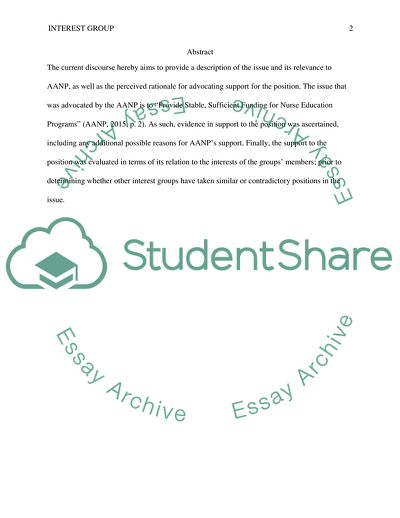Cite this document
(Interest group - American Association of Nurse Practictioner Term Paper, n.d.)
Interest group - American Association of Nurse Practictioner Term Paper. https://studentshare.org/nursing/1867709-american-association-of-nurse-practitioners
Interest group - American Association of Nurse Practictioner Term Paper. https://studentshare.org/nursing/1867709-american-association-of-nurse-practitioners
(Interest Group - American Association of Nurse Practictioner Term Paper)
Interest Group - American Association of Nurse Practictioner Term Paper. https://studentshare.org/nursing/1867709-american-association-of-nurse-practitioners.
Interest Group - American Association of Nurse Practictioner Term Paper. https://studentshare.org/nursing/1867709-american-association-of-nurse-practitioners.
“Interest Group - American Association of Nurse Practictioner Term Paper”. https://studentshare.org/nursing/1867709-american-association-of-nurse-practitioners.


